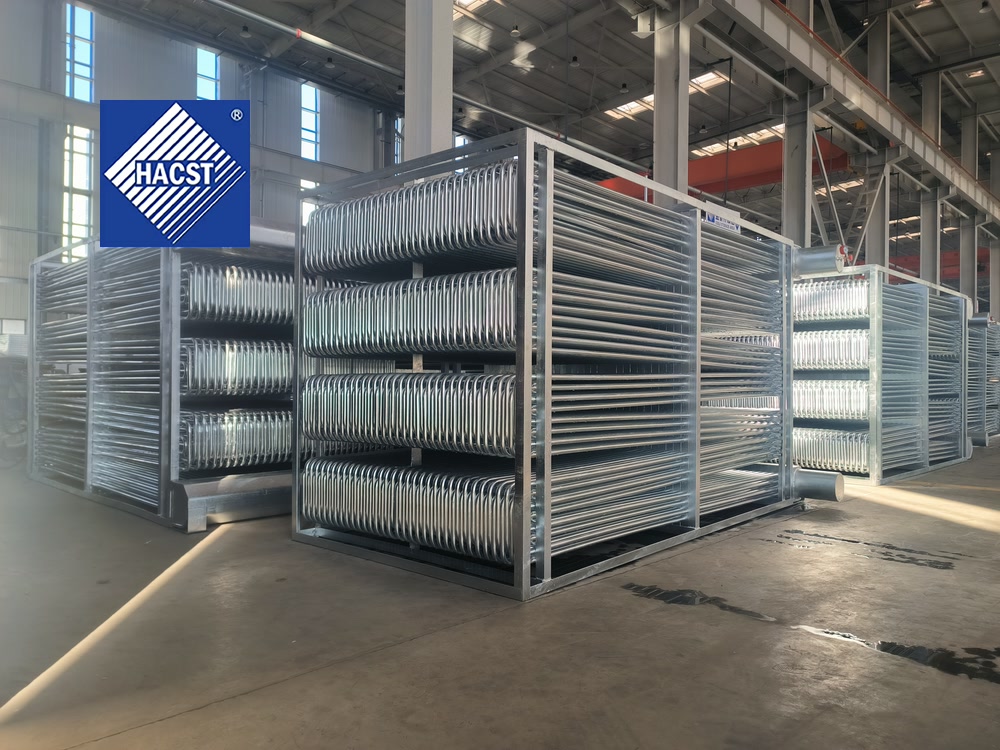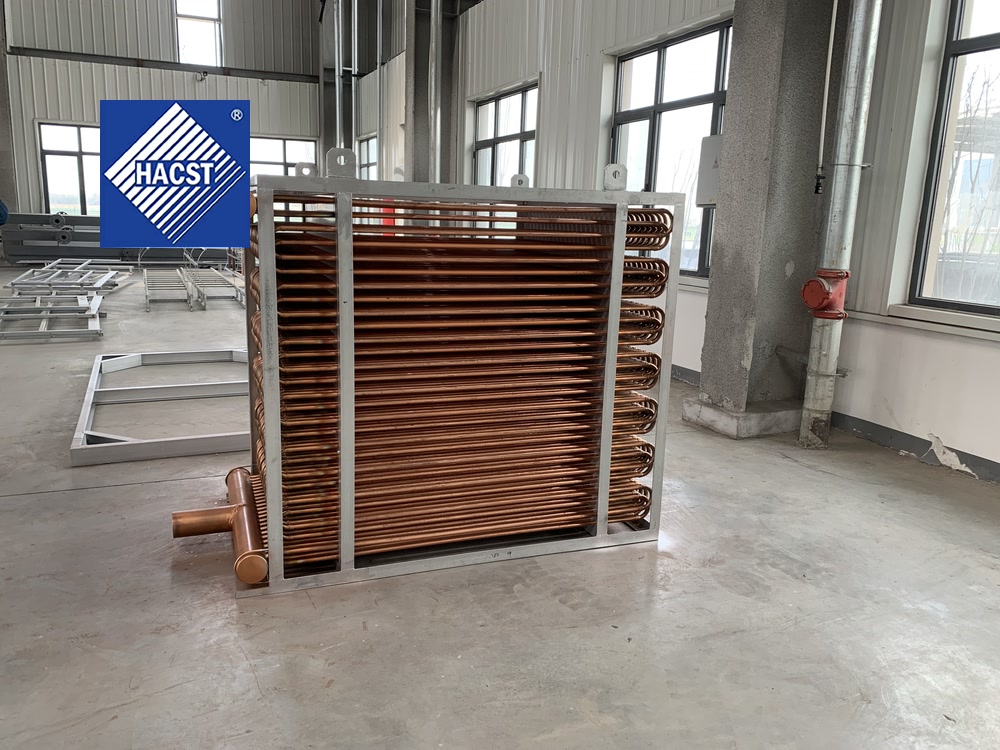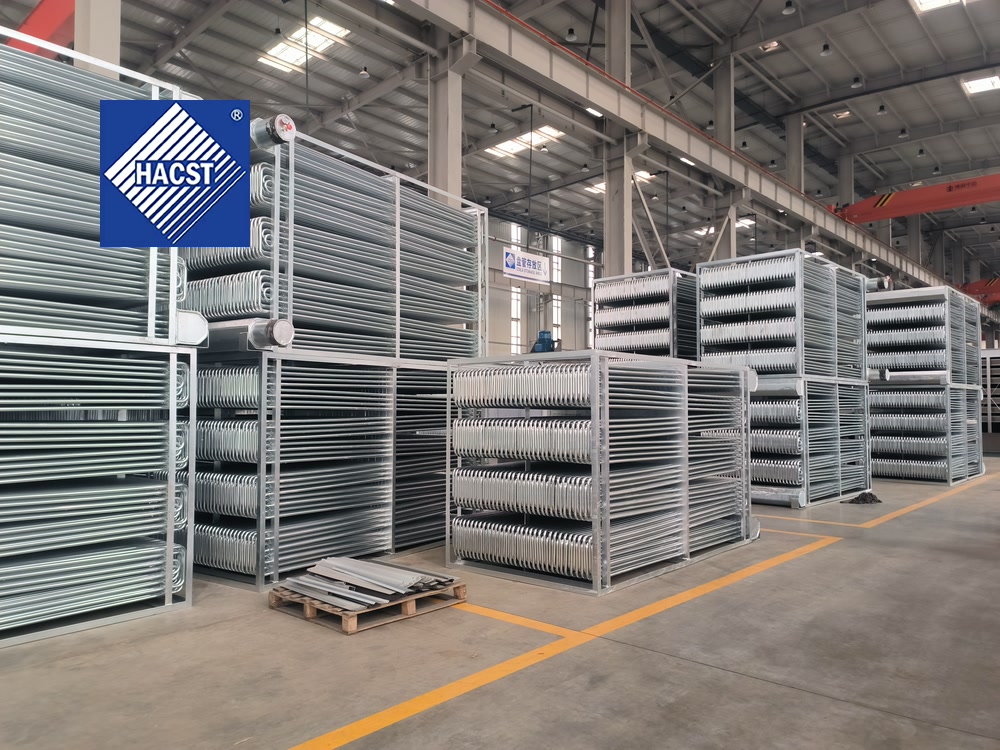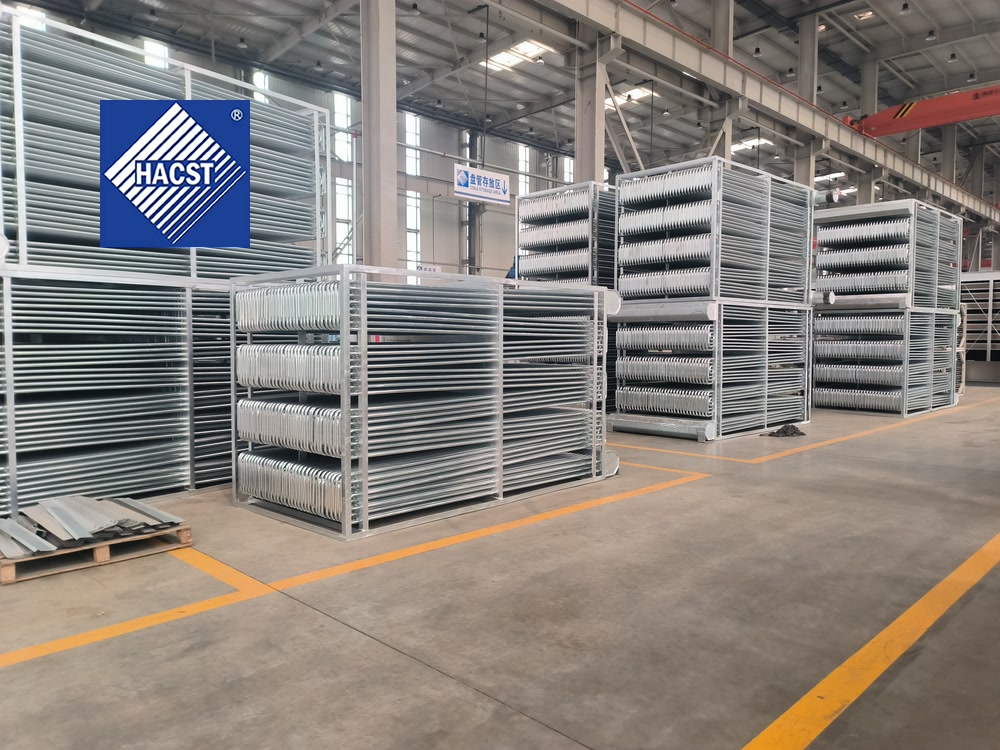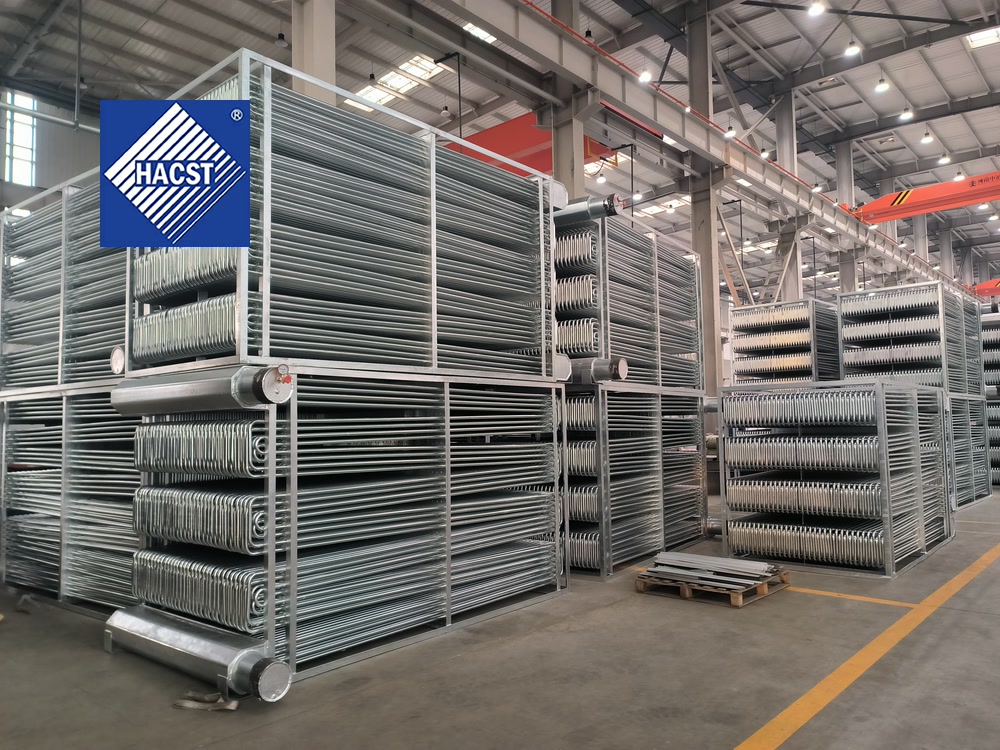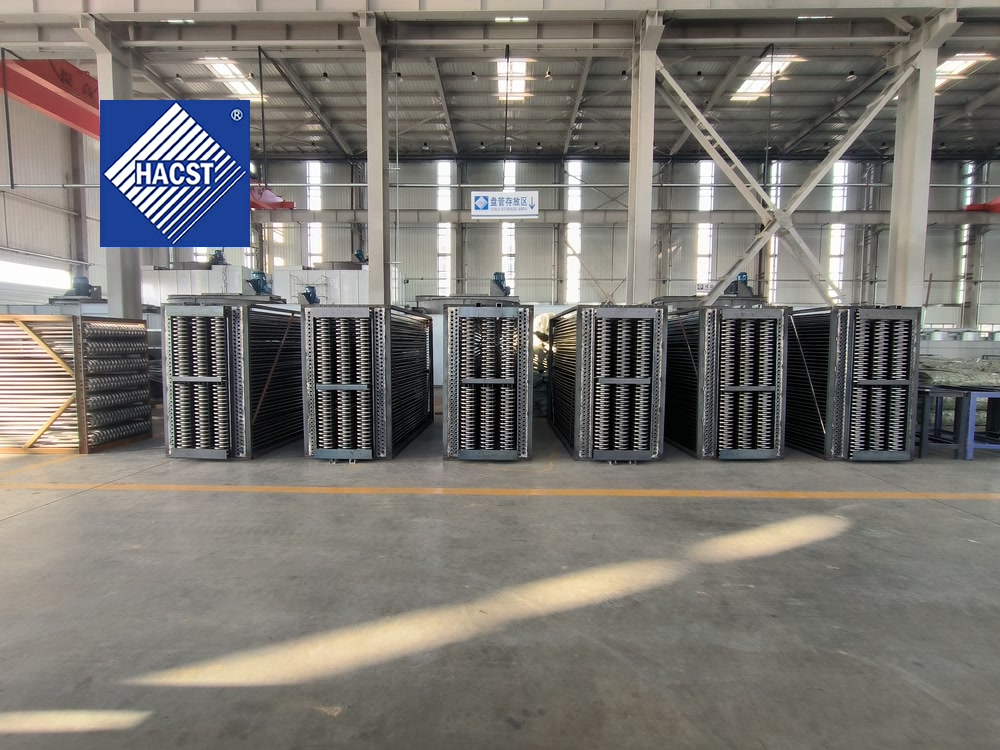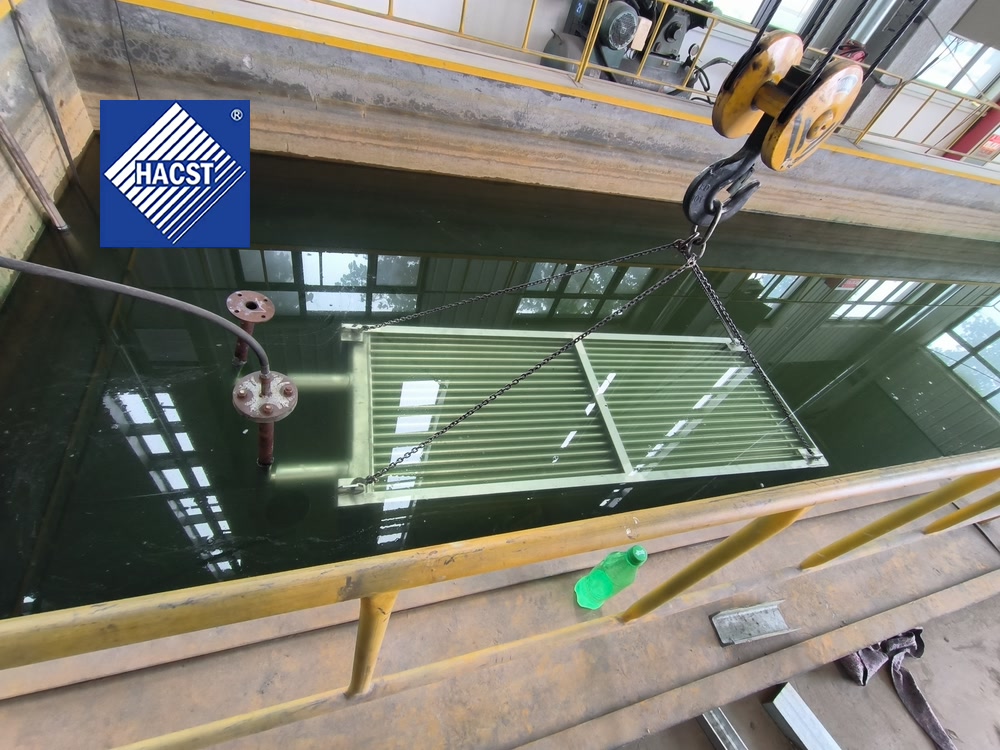guess you like
BHX Combined-Flow Closed-Circuit Cooling Tower – Scalable, Efficient, and Low-Scaling Design
BNX Counterflow Closed Circuit Cooling Tower – High-Efficiency Industrial Heat Exchanger
ZNX Counterflow Evaporative Condenser – Compact, High-Performance Heat Rejection
ZHX Combined Flow Evaporative Condenser – Enhanced Efficiency with Fill-Assisted Heat Transfer
Cooling Coil
Drift Eliminator
PVC Fill
Fan
Spray Nozzle
V-type Air Cooler
Cooling Tower Heat Exchange Coil
Overview
The heat exchange coil is the core component of closed-circuit cooling towers and evaporative condensers. It ensures that process fluids (such as water, glycol, or ammonia) are cooled without direct contact with spray water, guaranteeing system cleanliness and reducing contamination risks.
Role in Cooling Towers
Hot process fluid flows inside the coil tubes, while spray water is distributed over the coil’s external surface. Air drawn across the coil promotes evaporation, removing heat efficiently. The coil prevents fouling of the process circuit and reduces water treatment costs.
Material Options
- Hot Dip Galvanized Steel: Cost-effective, suitable for standard industrial use.
- Stainless Steel (304/316L): High corrosion resistance, suitable for aggressive water conditions.
- Copper: Excellent thermal conductivity, ideal for refrigerant-based systems.
Applications
Used in closed-circuit cooling towers, evaporative condensers, and hybrid cooling systems for industries such as HVAC, power generation, chemical processing, and refrigeration.
How to Select
- Base choice on process fluid (glycol, ammonia, water, refrigerant).
- Use stainless steel for coastal or chemical plant environments.
- Ensure tube diameter and coil surface area match required cooling duty.

